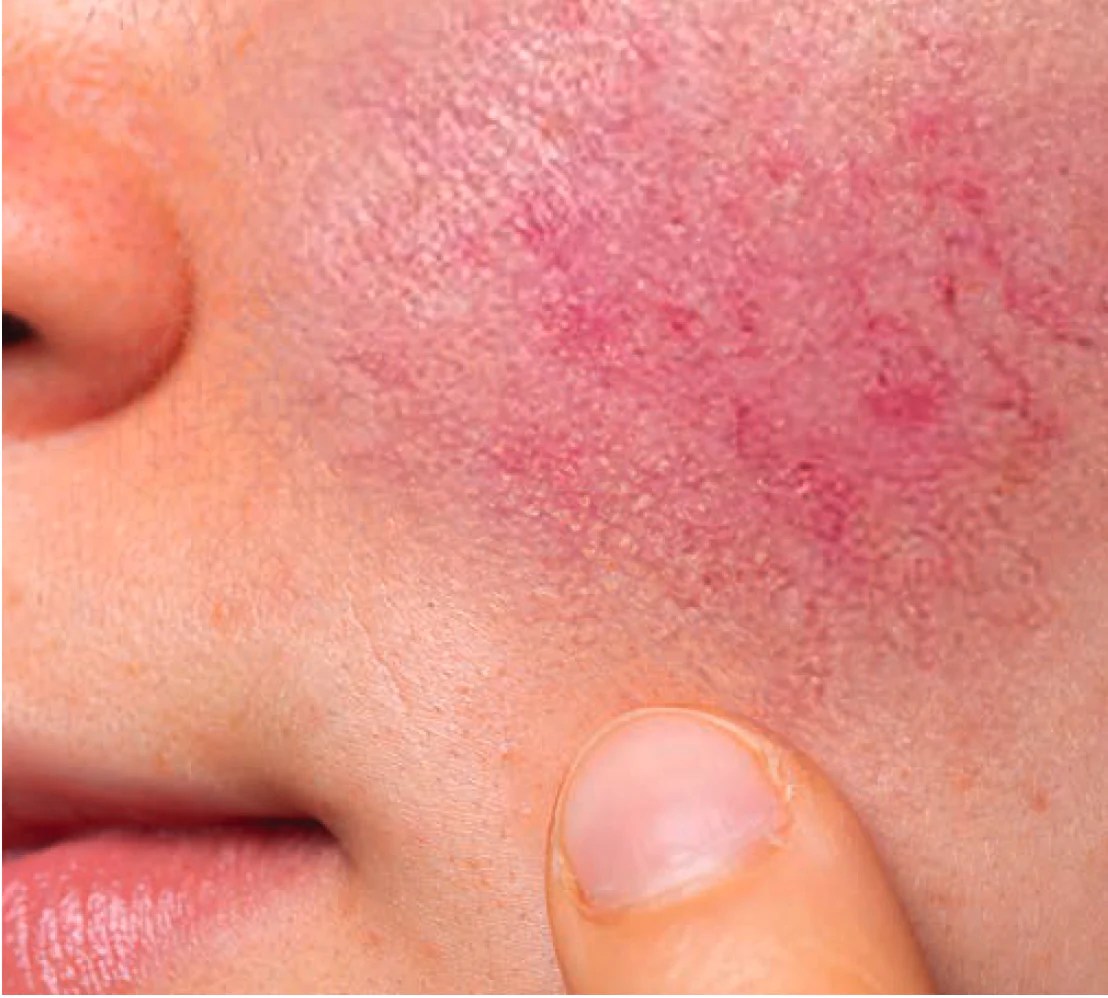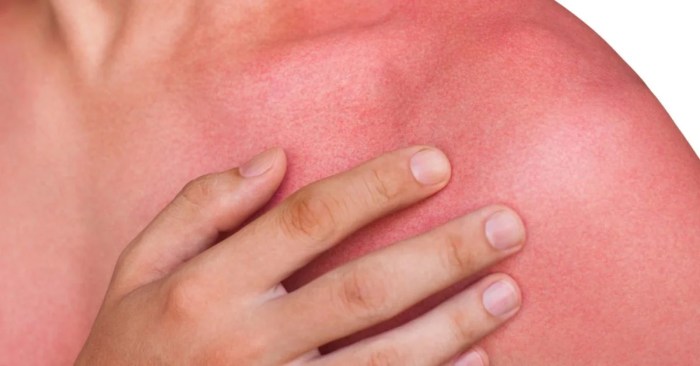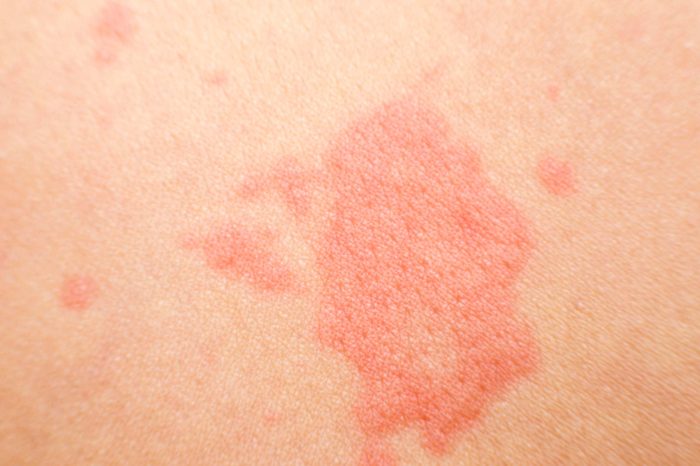Delving into the realm of mi piel está muy roja. face thumb cerebro skin, this comprehensive guide unveils the intricacies of skin redness, its diverse causes, and effective management strategies. Embark on a journey to unravel the mysteries of this common skin concern, exploring its origins, manifestations, and potential impact on our well-being.
From environmental triggers to underlying medical conditions, this exploration delves into the factors that can spark skin redness. Discover the role of inflammation, the impact of lifestyle choices, and the distinct characteristics of facial redness. Understand the psychological and social implications of this condition and its potential to affect self-esteem and quality of life.
Skin Redness Overview

Skin redness, medically termed erythema, refers to the abnormal discoloration of the skin characterized by a pink or red hue. It can arise from various underlying causes, ranging from harmless skin irritations to more severe medical conditions. Common skin conditions associated with redness include eczema, psoriasis, and rosacea.
The manifestation of skin redness can vary depending on the underlying cause. It may appear as localized patches or diffusely affect larger areas of the body. The texture of the affected skin can also differ, ranging from smooth to scaly or bumpy.
Additionally, the distribution of redness can provide clues to its potential cause.
Causes of Skin Redness: Mi Piel Está Muy Roja. Face Thumb Cerebro Skin

Skin redness can be triggered by a wide range of factors, including environmental irritants, allergies, and sun exposure. Environmental irritants, such as harsh chemicals, detergents, or certain plants, can provoke an inflammatory response in the skin, leading to redness and irritation.
Allergies, including food allergies and contact dermatitis, can also cause skin redness. In allergic reactions, the body’s immune system overreacts to a specific allergen, releasing inflammatory mediators that result in redness, swelling, and itching.
Sun exposure is another common cause of skin redness. Ultraviolet (UV) radiation from the sun can damage the skin’s DNA, triggering inflammation and redness. Prolonged sun exposure can also lead to more severe skin conditions, such as sunburn and skin cancer.
Other factors that can contribute to skin redness include certain medications, medical treatments, and lifestyle factors. For instance, some antibiotics, anti-inflammatory drugs, and chemotherapy drugs can cause skin redness as a side effect. Certain medical treatments, such as laser therapy or chemical peels, can also lead to temporary skin redness.
Facial Redness

Facial redness, also known as facial erythema, refers to the reddening of the skin on the face. It can be caused by a variety of factors, including genetics, skin sensitivity, and underlying medical conditions.
| Type of Facial Redness | Causes | Underlying Mechanisms |
|---|---|---|
| Erythema | Environmental irritants, allergies, sun exposure, rosacea | Inflammation, dilation of blood vessels |
| Flushing | Heat, alcohol consumption, certain emotions | Transient dilation of blood vessels |
| Rosacea | Genetics, environmental factors, immune system dysfunction | Chronic inflammation, dilation of blood vessels |
Facial redness can have a significant impact on individuals’ self-esteem and quality of life. It can lead to feelings of embarrassment, anxiety, and social withdrawal.
Treatment Options for Skin Redness
| Treatment | Mechanism of Action | Examples |
|---|---|---|
| Topical creams | Reduce inflammation, soothe irritation | Hydrocortisone cream, calamine lotion |
| Oral medications | Antihistamines, antibiotics, anti-inflammatories | Loratadine, doxycycline, ibuprofen |
| Lifestyle modifications | Avoid triggers, use gentle skincare products, protect from sun | Identify and avoid allergens, use fragrance-free soaps, wear sunscreen |
It is essential to consult with a healthcare professional for proper diagnosis and personalized treatment recommendations.
Prevention and Management of Skin Redness
Preventing skin redness involves identifying and avoiding potential triggers. Using gentle skincare products, avoiding harsh chemicals, and protecting the skin from sun damage can help minimize the risk of redness.
Managing skin redness includes following a skincare routine tailored to the underlying cause. This may involve using over-the-counter or prescription medications, as well as making lifestyle changes, such as stress management, dietary modifications, and regular exercise.
Individuals with persistent or severe skin redness may benefit from seeking professional help from a dermatologist or other healthcare provider. They can provide guidance on appropriate treatment options and coping strategies.
Common Queries
What are the most common causes of skin redness?
Skin redness can be caused by various factors, including environmental irritants, allergies, sun exposure, inflammation, certain medications, and underlying medical conditions.
What are the different types of facial redness?
Facial redness can manifest in different forms, such as erythema (generalized redness), flushing (temporary redness), and rosacea (a chronic skin condition characterized by redness and inflammation).
How can I prevent skin redness?
Preventive measures include avoiding triggers, using gentle skincare products, protecting the skin from sun damage, managing stress, and maintaining a healthy diet.